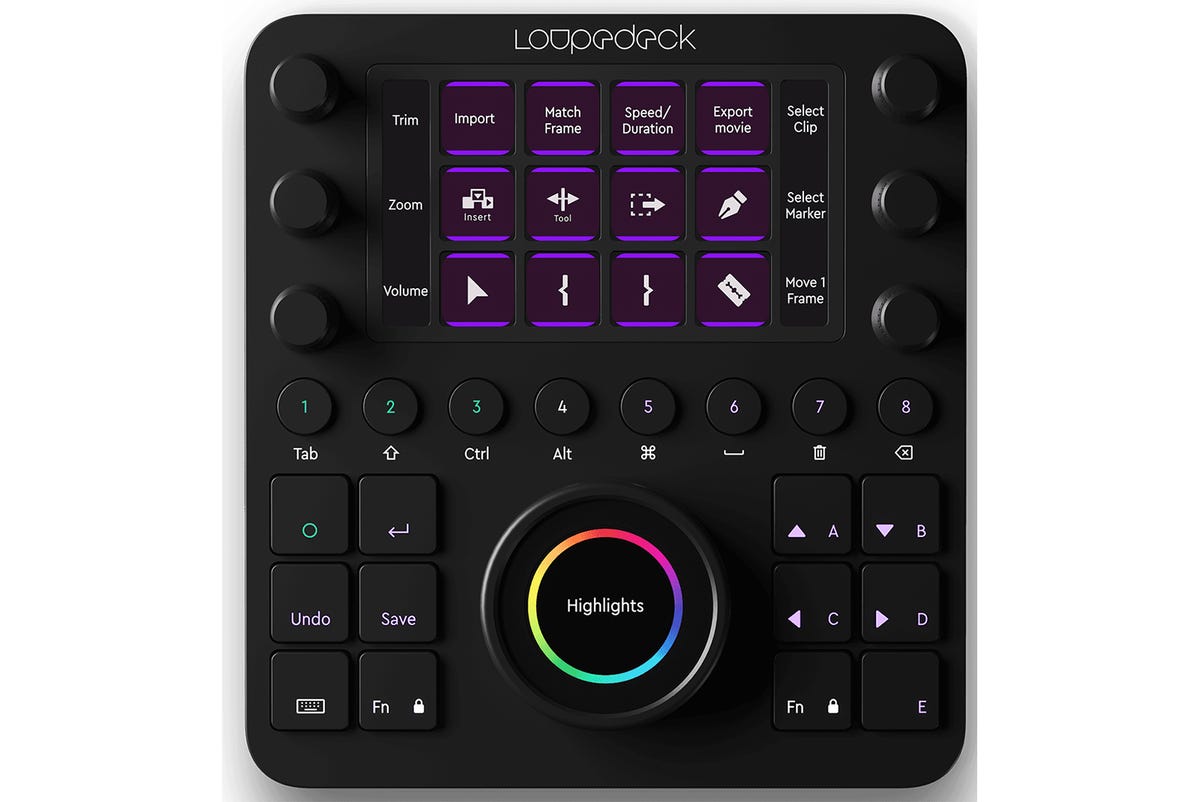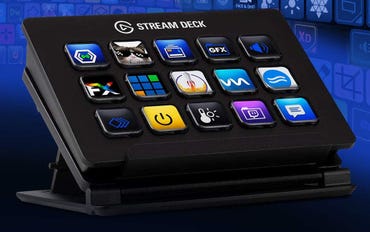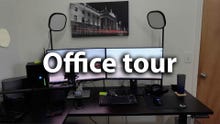
Video editing can be a time-consuming chore. The general guideline is that it can take about an hour and a half of editing time to edit one minute of finished video. So, if you’re producing a 7-minute video, you need to allocate about a day of editing time.
That ratio can vary, of course. My last video is almost 12 minutes long but took me about four hours to edit. That’s because there weren’t too many cuts and not a lot of B-roll. It was mostly just a video screen capture of how to create a 3D object.
By contrast, the video I did a month ago, the one about 3D printing wash and cure stations, took me almost four days to edit but resulted in only about 8 minutes of final video. There was a lot more complexity in that production.
And, right now, I’m working on a review of a 3D printer that I had to build. I filmed the entire build process (which itself took almost a day). The review will be about a lot more than just the build process. I had to make the segment short, but impart a number of key issues and problems I found while doing the build.
There’s a lot more to the final video, including beauty shots of the final 3D prints, some talking head time, and final conclusions. Even so, converting 8 hours of video to four minutes of final cut (just for that one part of the review) took place over a four-day period, for a total of about 16 hours of work.
Because the work-time to result-time ratio is so huge, anything that can reduce the amount of time it takes to cut together a video is worthy of attention. And that brings me to the Loupedeck CT, a $549 add-on control surface that I’m using to speed up my Final Cut Pro X production work. Loupedeck, a company based in Helsinki, sent me a device to test out.
Not just for Final Cut
To be clear, the Loupedeck CT is not just for Final Cut. In addition to Final Cut Pro X, it comes with profiles for Ableton Live, Adobe After Effects, Adobe Audition, Adobe Lightroom, Adobe Photoshop, Adobe Premiere Pro, Adobe Illustrator, Capture One Pro, and OBS Studio.
With the included Loupedeck control panel and programming software, you can also add your own profiles.
I’m an active user of Photoshop and Illustrator. I have decades of muscle memory for those two applications. More to the point, I rarely spend more than an hour or so per project in Photoshop, but I can spend weeks at a time in Final Cut. As such, I only tested the Loupedeck with Final Cut, and this review is aimed primarily at Final Cut editors.
The Loupedeck CT hardware
In many ways, the Loupedeck CT seems like the bigger brother of the Elgato Stream Deck, which I also use with Final Cut. Like the Stream Deck, the Loupedeck CT offers a series of programmable buttons with button caps you can customize through profiles. But the Loupedeck adds dials and additional buttons that the Stream Deck doesn’t have.
In my opinion, the Stream Deck (which was originally designed for Twitch-streaming gamers) does buttons far better than the Loupedeck, but the value add of the dials is not to be underestimated. I’ll talk about the dials first, then circle back around (pun only partially intended) to the buttons later.

You can clearly see the dials and the large wheel. Note the screen inside the wheel.
Image: LoupedeckThe device itself is 160x150mm (6.3 x 5.9 inches), or roughly the size of a trade paperback book. It has three small dials on each side of its customizable button array, and a single larger wheel in the middle, below the buttons.
The Loupedeck automatically switches profiles as you switch programs. Once inside of a program, you can create workspaces. So even though there are only six dials, you can give them a lot to control. I set up a color correction workspace, with the dials set to manage red, green, blue, as well as saturation and a few other controls. In another workspace, I set the dials to control X and Y position on the screen, scaling, and rotating.
But by far my favorite feature — and this alone makes the Loupedeck worth the money — is the ability to program the wheel for different functions. There’s a round touch-sensitive screen in the middle of the wheel that you can use to switch modes. I set the wheel up to either jog the entire timeline left or right, or move my editing pointer across the timeline.
It took a few tries to get it to work (to move the timeline, you want to set the wheel to “Mouse Wheel: Horizontal”), but once I got it dialed in (see what I did there?), the experience was sublime.
I am constantly moving about the timeline. The ability to have a nice analog jog wheel to control it harkens back to old-school, tape-based video editing and is a huge convenience. Using the programmable wheels of the Loupedeck, I can super-quickly move to exactly where I want to be on the timeline, move my editing point, and zoom in and out.
It’s a very organic experience.

What’s not so organic are the buttons. Unlike the Stream Deck, which you mechanically press down like you do on a keyboard, the Loupedeck’s buttons are touch-sensitive with a bit of oddly poorly timed haptic feedback. I found the Loupedeck’s buttons didn’t always respond as expected. Debouncing needs a bit of work, as buttons tapped once would sometimes perform their action twice.
Also, the Stream Deck allows you to put whatever graphics you want on the buttons. The Loupedeck allows you to change the text for macro buttons, but it’s not nearly as flexible for pre-defined actions. And forget about having custom graphics for each button, because that’s just not happening.
There are also some physical buttons that work well enough. The downside is that you can’t reprogram what’s displayed on the physical buttons’ keycaps. Unfortunately, those keycaps are labeled with Save, Tab, Undo, a picture of a keyboard, a green circle, and other labels relevant to a keyboard, but not as relevant to video production.
The Loupedeck software
The software, at least on the Mac, lives in the menu bar. When I first opened it, the font was ridiculously, ludicrously small. But you can resize the window so that the font gets bigger and much more readable.
The Loupedeck configuration software isn’t much better or worse than any other key automation product. It’s sometimes hard to find the right option. For example, my first attempt to control the jog wheel the way I wanted involved a foray into trying “Mouse Wheel: Horizontal + Shift,” which resulted in my entire machine getting locked up until I manually cleared the shift key. The right solution was the setting “Mouse Wheel: Horizontal,” which I finally found after a few failed attempts.
One nice addition to the software is a macro capability. You can string long sets of commands together, so a single keypress can perform an entire sequence of actions.
My recommendation
After using a couple of 15-key Stream Decks for a few years, and the Loupedeck CT for a few months, I have reached some conclusions. Both are wired devices and connect via USB Type-A connections.
The basic 15-key Stream Deck is $149, when it’s in stock. Amazon has difficulty keeping them in stock, but they always seem to get new inventory. Elgato also makes a $249 32-key version.
The Loupedeck CT is $549, considerably more expensive than either Stream Deck. In fact, you could get two of the bigger Stream Decks or three of the smaller size, and still be under the cost of a single Loupedeck CT.
But, the Loupedeck CT has 12 keys that will take custom labels, and another 20 that won’t take custom labels, but which can be programmed to perform custom actions. The Loupedeck also has six dials and one large wheel with its own customizable display.
However, the button action and the full graphic customization features of the Stream Deck are far and away better than the buttons on the Loupedeck CT. If you don’t care about the dials or the wheel, get the Stream Deck. There is almost no comparison.
On the other hand, if you want the dials and the wheel (and, like I said, when well integrated into Final Cut, they’re life-changing), then the Loupedeck CT is well worth the money. I can’t tell you exactly how much time I’ve saved using the Loupedeck, but I can tell you that my overall Final Cut productivity has gone up considerably because timeline navigation is now fluid, highly responsive, and nearly instantaneous.
So, there you go. If you know you want the dials and the wheel, then the Loupedeck CT is a great choice. If you just want keys, the Stream Decks can’t be beat. I’m using two Stream Decks and the Loupedeck CT on my editing machine, and that combination — while costly — is a very big productivity improver. Now that I’m using all these extra control surfaces, I don’t think I’d ever want to go back to just a basic keyboard and mouse.
What about you? What tricks do you use to get the most productivity out of your video editing? Are you entrenched with Final Cut? Are you a Premiere guru? Have you made the jump to Resolve? Let us know in the comments below.
You can follow my day-to-day project updates on social media. Be sure to follow me on Twitter at @DavidGewirtz, on Facebook at Facebook.com/DavidGewirtz, on Instagram at Instagram.com/DavidGewirtz, and on YouTube at YouTube.com/DavidGewirtzTV.




